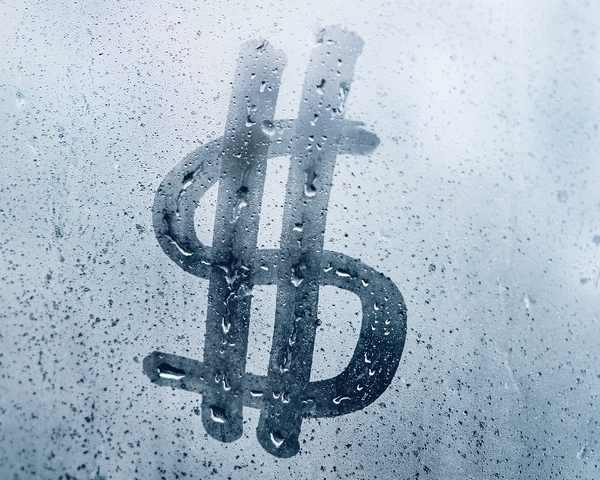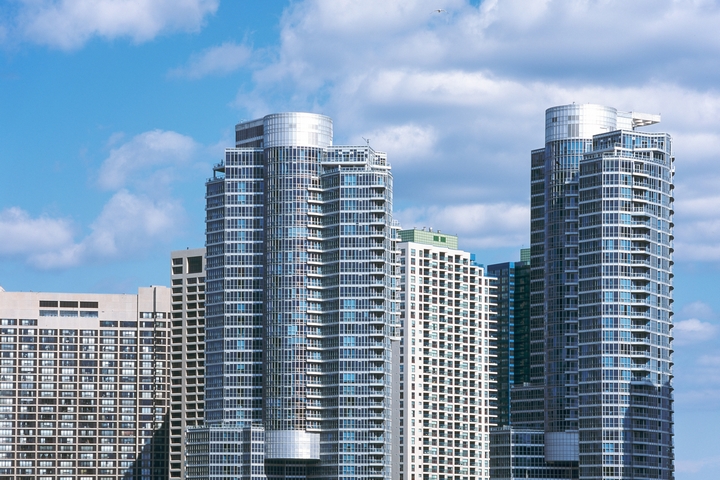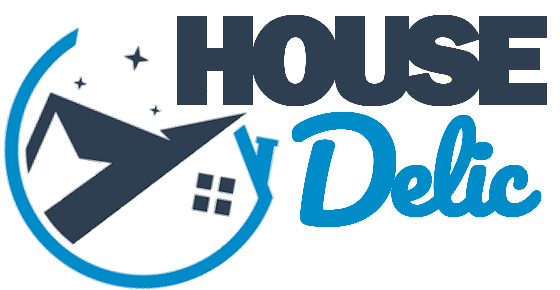
6 Types of Disaster Relief Loans for Homeowners
Disaster relief loans are used to give businesses and individuals financial assistance to get through a declared disaster. A disaster can come in multiple forms, including tsunamis, hurricanes, tornados, floods, fires, and earthquakes.
When an area experiences catastrophic damage, the government may declare it a disaster zone. This allows the government to step in and provide financial assistance to businesses and individuals in the area.
Disaster relief loans are some form of financial assistance that can be used to repair buildings, replace essential equipment. These emergency loans can provide individuals or companies with a much-needed financial boost to recover from a disaster.
The following are six different types of disaster relief loans, each tailored to specific situations:
1. Physical Disaster Loans

Privately owned or personal properties is use for physical disaster loans as a primary source of funding for replacement or rebuilding of uninsured disaster damages. Renters, homeowners, non-farm businesses, and non-profit organizations can qualify for theses types of loans.
A loan for personal property damage covers furniture, clothing, and automobiles. A real property loan is used to repair and restore a home to its pre-disaster condition or prevent future disaster damages. For a home to qualify for a real property loan, it has to be permanently erected on the owner’s land. On the other hand, a personal property loan is available for homes that are on a rented or leased piece of land.
2. Business Physical Disaster Loans

The business physical disaster loans are one of the most popular types of disaster relief loans. This is used as a source of funding to replace or repair destroyed business facilities, equipment, machinery, inventory, and other assets that aren’t fully covered by insurance. If your business is located in a declared disaster area, you may be eligible for this type of financial assistance. In most cases, they’re limited to $2 million.
Business physical disaster loans are also used to provide working capital during a disaster recovery period. Depending on the borrower’s ability to repay a loan, the repayment terms can be up to 30 years.
3. Economic Injury Disaster Loans

An economic injury disaster loan is available to businesses that need assistance to meet their financial obligations due to a natural disaster. Most private nonprofit organizations, small businesses, and small agricultural cooperatives can get up to $2 million from this loan. For companies, the interest rates can be up to 3.75%. For non-profits, it can be up to 2.75%.
This loan can be used to cover expenses that otherwise would have been paid if the disaster didn’t occur. These include payroll, rent, utilities, healthcare benefits and fixed debt payments. Economic injury disaster loans have no pre-payment penalty or fees.
4. Home and Personal Property Disaster Loan

These loans are available to people who have lost their primary residence and property as a result of a natural disaster. Home and personal property disaster loans provide timely financial assistance to cover uninsured losses. The homeowner can apply for a loan of up to $200,000, which should be used to repair the house fully and restore it to its previous condition.
Unless the building code requires it, the loan can’t be used to upgrade the house. If the damages were not insured and the homeowner doesn’t have another credit source, the loan limit can be increased by 20% of the verified losses.
These loans do not apply to vacation properties or secondary homes. They can’t be used to replace pleasure boats, recreation vehicles, irreplaceable antique collections, or any other extremely expensive property. The loan repayment terms depend on the borrower’s ability to pay. However, the maximum loan repayment period is 30 years. Home and personal property disaster loans are low fixed-interest, long-term facilities that can be applied for in person or online.
5. Military Reservists Economic Injury Disaster Loans

These loans are used to fund businesses facing financial difficulties when an active military employee is called for duty. The loans enable the business owners to meet the necessary operating expenses until the military employee is released from duty. The facility can’t be used to cover lost profits, replace regular commercial debt, or expand the business. The maximum loan amount is $2.0 million, which should be paid based on the borrower’s ability to repay within 30 years.
A military reservist’s economic injury disaster loan requires the borrower to pledge collateral for loans of over $50,000, but the application won’t be automatically declined if there’s no collateral.
Since the loan is taxpayer-subsidized, a borrower with the capability to fund the recoveries isn’t eligible for assistance. If they can meet the necessary operating expenses by getting credit from non-governmental sources without suffering undue financial hardships, they are ineligible for this loan.
6. Pandemic Disaster Loans

In the wake of the recent COVID-19 pandemic, governments all over the world are offering low-interest loans to small businesses that have suffered substantial economic losses as a result.
In Canada, for instance, if COVID-19 has left your business in ruins, you can apply for BCAP (Business Credit Availability Program). Under this program, you may qualify for an interest-free loan of up to $40,000 via the Canada Emergency Business Account. You can apply for loans of up to $12.5 million via the BDC Co-Lending Program. For higher loans of up to $60 million, the BDC Mid-Market Financing Program is your best bet.
Disaster relief loan programs aren’t meant for expanding a business or building a bigger home. They focus on bringing businesses or individuals back to where they were before the disaster struck.
